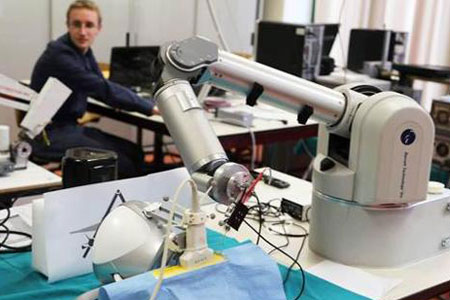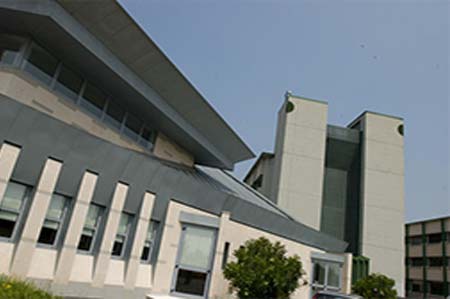Learning outcomes
The main aim of this course is introducing the students to the issues related to the design and use of information systems.
Some notions will be given to students, concerning some organizational and management aspects of information systems within complex organizations.
Moreover, some advanced topics on database systems will be discussed.
# Structure and functions of an information system. Economic, organizational, and management issues. Architectures and components of information systems. Business Process Reengineering. Decision support systems. ERP (Enterprise Resource Planning) systems, MRP (Manufacturing Resource Planning) systems, and CRM (Customer Relationship Management) systems.
# Decision support systems.
Datawarehouse systems, OLAP and data mining techniques.
# Analysis and design of information systems.
Temporal databases: basic concepts.
# Designing cooperative information systems: workflow systems, conceptual modeling of workflows; architectures for workflow management systems.
# Distributed Information Systems.
Distributed architectures and databases. Design of distributed databases; query optimizations; distributed transactions (deadlock prevention and concurrency control).







